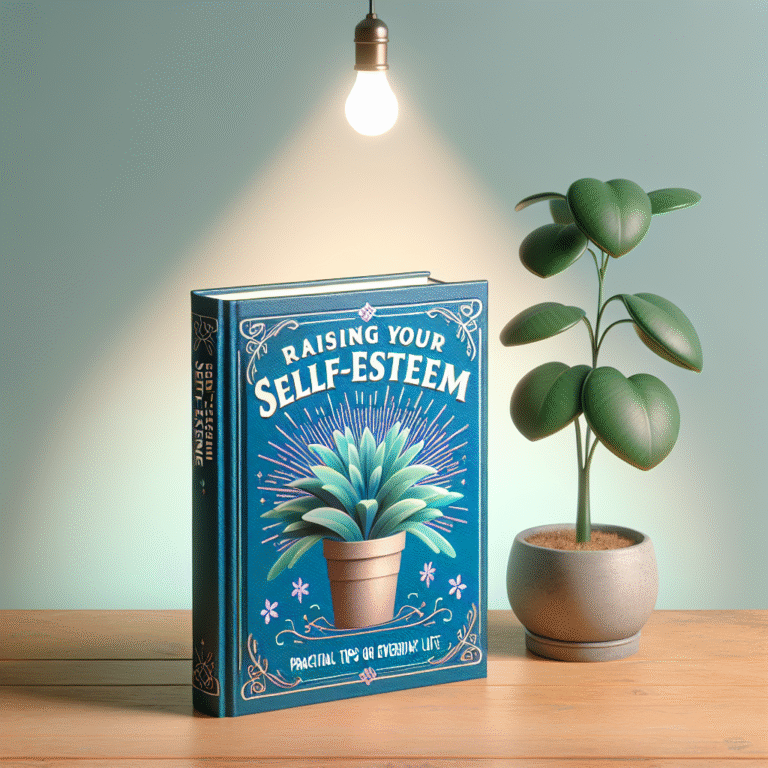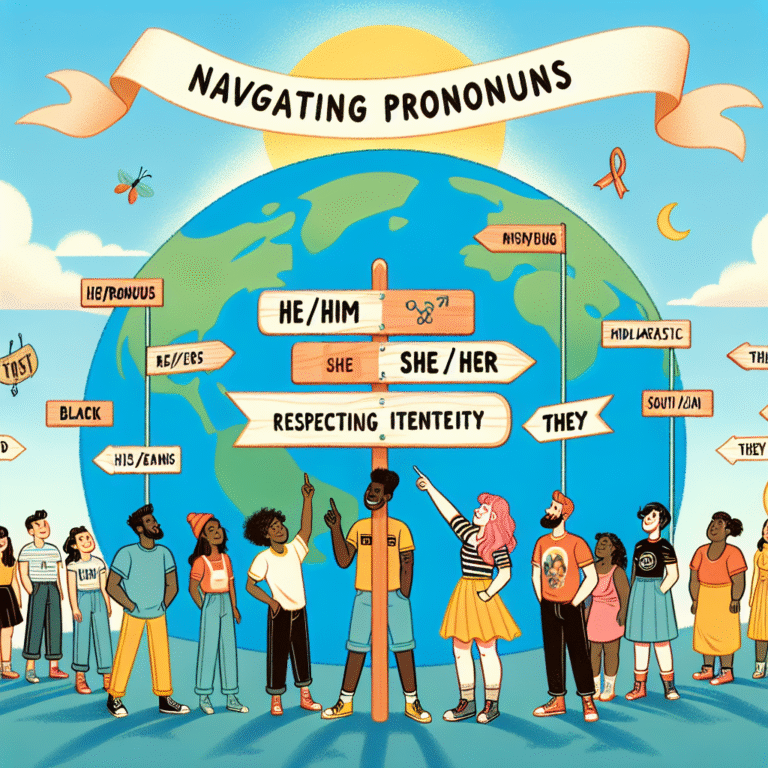
Introduction
Imagine a world where children can express their feelings, navigate complex emotions, and heal from past traumas—all through play. This isn’t just a whimsical notion; it’s a powerful therapeutic approach rooted in the belief that play is not merely an activity for enjoyment but a profound medium for healing. Healing Through Play: The Transformative Power of Play Therapy for Children is a captivating journey into the therapeutic realm where creativity meets psychology, and children can unlock their emotional landscapes.
In this article, we will explore how play therapy acts as a vital tool in transforming young lives, making difficult concepts more accessible, and fostering emotional resilience. By diving deep into its methodologies, benefits, and real-world applications, we aim to shed light on the importance of integrating play into therapeutic settings. Prepare to discover the profound potential embedded in the world of play.
Understanding Play Therapy
What is Play Therapy?
Play therapy is a therapeutic practice specifically tailored for children, typically aged 3 to 12, who may struggle to articulate their feelings verbally. By utilizing games, toys, and creative activities, therapists create a safe and engaging environment for children to express their thoughts and feelings.
Children often communicate through play much more naturally than through words. This makes play therapy an essential tool for those who may not yet have the language skills to articulate their emotional experiences.
Theoretical Foundations of Play Therapy
Play therapy is rooted in various psychological theories, including:
- Psychoanalytic Theory: Explores the unconscious and emphasizes the importance of early childhood experiences.
- Humanistic Theory: Focuses on the inherent potential of children and the importance of self-actualization.
- Cognitive-Behavioral Theory: Addresses how thoughts and feelings influence behavior.
These foundational theories contribute to a comprehensive understanding of emotional and psychological development in children.
The Benefits of Play Therapy
Emotional Expression and Processing
One of the most significant benefits of play therapy is its role in facilitating emotional expression. Children often use toys to act out scenarios reflective of their lives. For instance, through a dollhouse, a child may recreate experiences of family conflict without stating them outright.
Building Relationships
Therapeutic play fosters a strong bond between the therapist and the child. This secure relationship enables children to feel safe to explore their fears, anxieties, and hopes.
Enhancing Problem-Solving Skills
Play therapy allows children to practice problem-solving in a fun environment. Role-playing various scenarios provides a framework within which they can explore different responses and outcomes.
Encouraging Social Skills
Group play therapy sessions provide opportunities for children to interact with peers, teaching them cooperative behaviors, communication skills, and emotional regulation.
Case Studies: Play Therapy in Action
Case Study 1: The Story of Emily
Emily, a 7-year-old girl, was struggling with anxiety due to her parents’ divorce. In therapy, she chose to play with dolls, often depicting scenarios where the dolls experienced separation.
Analysis
Through her play, Emily was able to articulate her fears about abandonment and her feelings of sadness. This allowed her therapist to address these feelings directly, transforming her anxiety into understanding and resilience. The case exemplifies how Healing Through Play: The Transformative Power of Play Therapy for Children facilitates emotional expression and a pathway to healing.
Case Study 2: Joseph’s Journey with Anger
Joseph, an 8-year-old, had issues with anger management after experiencing bullying at school. During sessions, he often built train tracks and made the trains crash to express his feelings.
Analysis
By using play to express his anger, Joseph worked on developing coping strategies. The therapist guided him through role-play scenarios, teaching him to respond to his feelings in healthier ways. This case illustrates the multifaceted benefits of play therapy, showcasing its ability to equip children with practical tools for emotional regulation.
Tools and Techniques in Play Therapy
Sandtray Therapy
This technique involves the use of a small sandbox and various miniature figures. Children create scenes with these figures, allowing therapists insight into their internal worlds.
Art Therapy
Art materials, such as crayons and paints, help children express emotions they may have difficulty verbalizing. The resulting artwork can be a window into the child’s psyche.
Role Play
Through role-playing, children can enact scenarios relevant to their lives. This technique also helps in preparing them for real-world situations with a less direct approach.
Research and Evidence
Effectiveness of Play Therapy
Research has shown that play therapy is often as effective as traditional talk therapy, particularly with regards to the following:
- Reduction in anxiety and depression
- Improvement in behavioral issues
- Increased social skills
Table 1: Outcomes of Play Therapy
| Outcome | Percentage of Improvement |
|---|---|
| Anxiety | 70% |
| Depression | 65% |
| Behavior Issues | 75% |
| Social Skills | 80% |
This data highlights the transformative potential embedded in Healing Through Play: The Transformative Power of Play Therapy for Children, equipping younger generations with vital coping mechanisms.
Conclusion
The journey through play therapy is not just about alleviating symptoms; it is about transforming the way children engage with the world. By understanding Healing Through Play: The Transformative Power of Play Therapy for Children, caregivers, educators, and therapists can inspire children to embrace their emotional journey through play.
As we’ve explored, play therapy not only provides a medium for expression and healing but also equips children with essential life skills. The stories of Emily and Joseph exemplify the profound impact therapy can have. As you read this, consider how we might integrate more play into our own lives, recognizing that fun and learning often go hand-in-hand.
FAQs
1. What age group is play therapy suitable for?
Play therapy is typically recommended for children ages 3 to 12, but it can be adapted for older children or even adults in some cases.
2. How long does play therapy last?
Each play therapy session usually lasts 30-50 minutes. The number of sessions varies based on individual needs and therapeutic goals.
3. What types of issues can play therapy help with?
Play therapy can address anxiety, depression, behavioral issues, trauma, family conflict, and more.
4. Are parents involved in play therapy?
Parent involvement varies depending on the specific therapeutic approach. Some therapists might involve parents in sessions, while others may meet with parents separately to discuss progress.
5. Is play therapy backed by research?
Yes, extensive research supports the efficacy of play therapy. Various studies have demonstrated its effectiveness in treating multiple psychological and emotional issues in children.
By understanding and advocating for Healing Through Play: The Transformative Power of Play Therapy for Children, we can foster a community committed to nurturing emotional intelligence and resilience in the next generation.


















